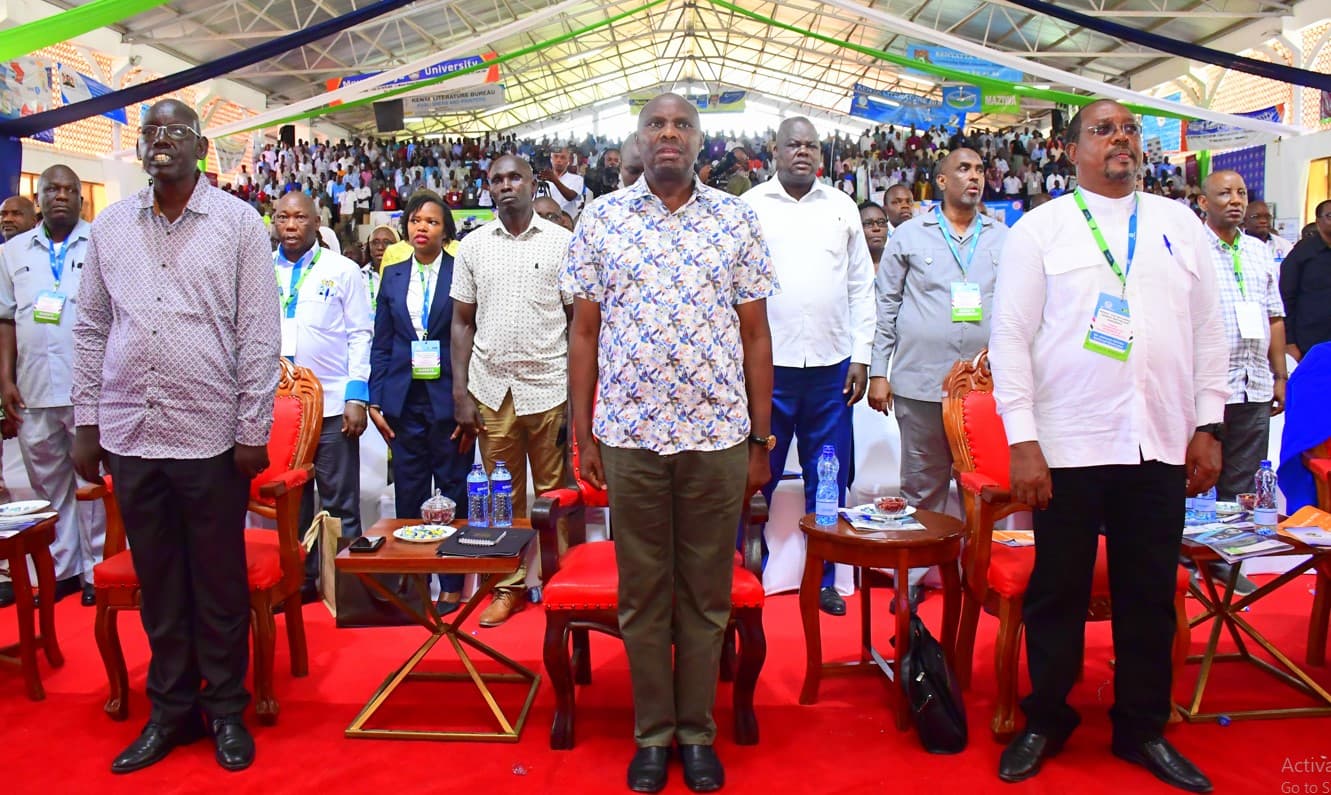We're loading the full news article for you. This includes the article content, images, author information, and related articles.
The newly rebranded Kenya Elementary and Comprehensive Schools Heads Association (KECSHA) is pressuring the government for increased funding, warning that chronic infrastructure deficits threaten the success of the Competency-Based

The association, formerly known as the Kenya Primary School Heads Association (KEPSHA), used its annual delegates' conference to underscore the financial strain on schools. A key point of contention is the funding for the construction of Grade 9 classrooms. According to the late KEPSHA National Chairman Johnson Nzioka, who spoke at the 2024 conference, the government's allocation of Sh1 million per classroom is insufficient to meet construction targets. "We have been on the ground and the one million shillings set aside is very strenuous to achieve. If there could be some adjustments we shall appreciate," Nzioka stated in November 2024.
The school heads are also calling for a significant increase in capitation per student. Their proposal seeks to raise the allocation for primary school learners from the current Sh1,450 to Sh3,000, and for junior secondary school (JSS) students from Sh15,000 to at least Sh20,000. They argue this is essential to effectively implement the Competency-Based Curriculum (CBC), which has introduced new, resource-intensive learning areas.
The demands from school administrators are backed by stark data on the state of Kenya's educational infrastructure. A July 2025 report by the Zizi Afrique Foundation and Usawa Agenda revealed critical gaps across the sector. The report identified a national shortage of approximately 100,000 teachers and highlighted severe deficiencies in facilities.
Sanitation is a major concern, with the national average toilet ratio at one toilet for every 66 boys and one for every 62 girls. This is more than double the Ministry of Education's recommended ratio of 1:30 for boys and 1:25 for girls. Furthermore, the report found that only 48% of learners in public junior schools have access to laboratory facilities, a critical component for STEM subjects under the CBC. In some areas, the situation is dire, with officials in Webuye East, for instance, reporting schools with no offices or perimeter fencing, posing security risks to students.
The association's rebranding to the Kenya Elementary and Comprehensive Schools Heads Association (KECSHA) reflects the expanded responsibilities of head teachers under the new curriculum. Following recommendations from the Presidential Working Party on Education Reforms, primary school heads now oversee comprehensive schools that integrate Early Childhood Development Education (ECDE), primary, and junior secondary levels under a single management structure. This change significantly broadens their administrative duties, justifying the call for a title change to 'Directors' and the demand for resources commensurate with their new roles.
The government has acknowledged the infrastructure challenges. In October 2025, Education Cabinet Secretary Julius Ogamba informed the Senate that the ministry was aware of the lack of laboratories and workshops in many schools and that efforts were ongoing to close these gaps. The government has committed significant funds, with President William Ruto announcing that over 11,000 classrooms for Grade 9 would be completed before January 2025, in partnership with the National Government Constituency Development Fund (NG-CDF). In January 2025, CS Ogamba stated that 14,500 classrooms had been constructed with a target of 16,000 by the end of that month, supported by a disbursement of Sh11 billion. However, Head of Public Service Felix Koskei has conceded that the allocated funds may not be sufficient, advising schools to seek technical assistance from TVET institutions to minimize construction costs.
As KECSHA begins its new chapter, its leaders are clear that their expanded mandate must be supported by adequate and timely funding. The success of Kenya's ambitious curriculum reforms now hinges on whether the government can bridge the significant infrastructure gap and provide the resources needed for quality education in this new era.
Keep the conversation in one place—threads here stay linked to the story and in the forums.
Other hot threads
E-sports and Gaming Community in Kenya
Active 7 months ago
Popular Recreational Activities Across Counties
Active 7 months ago
The Role of Technology in Modern Agriculture (AgriTech)
Active 7 months ago
Investing in Youth Sports Development Programs
Active 7 months ago